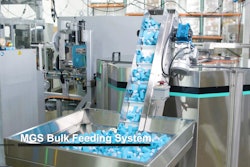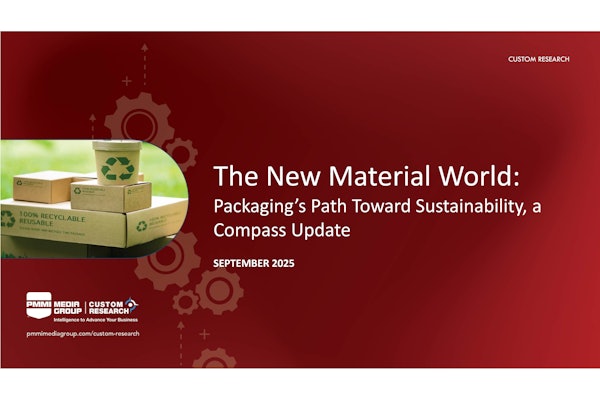
Raw Elements USA® launched a sugarcane-based tube for its natural and reef-friendly sunscreen, moisturizer, and hand sanitizer product lines. The brand is a member of 1% for The Planet, a global network of businesses, individuals, and nonprofit organizations tackling the globe’s most pressing environmental issues. With that in mind, the company is always seeking more sustainable packaging solutions, and even looks to improve upon existing packaging that’s already sustainability minded.
The polyethylene tubes, which range from 2 to 4 oz., are produced by Berry Global Group at its vertically integrated manufacturing facility in Evansville, Ind. The tubes are produced with 83% sugarcane by weight, the maximum percentage that is possible in order to include the EVOH barrier needed to protect the ingredients, plus colorant.
The tubes feature a matching cap, also produced by Berry, which is made with 25% post-consumer resin (PCR). Raw Elements’ new line of products became available in stores and online starting in June. This is the first sugarcane-based tube to be launched by Berry in North America.
“The bio-based, sugarcane tubes with PCR closures are a follow-through on our commitment to sustainability while always providing safe and effective personal care products,” says Brian Gaudagno, Founder, Raw Elements USA.
The Face + Body natural sunscreen tube in sugarcane bio-resin replaces Raw Elements’ previous plastic tube, which was made with PCR. The new tubes are made from sugarcane waste that is converted into HDPE and LDPE to create a material with the same chemical makeup of fossil fuel-based polyethylene. It offers a range of environmental benefits including reduction of greenhouse gas emissions, water use, and fossil fuel consumption. According to Berry, the bio-resin material maintains excellent clarity, squeezability, and feel, and can be decorated just like virgin material.





















